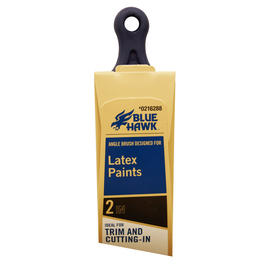Disclaimers:
1. I have not worked with laminate or veneer so I cannot give pointers on anything there as far as painting goes, but have heard Annie Sloan Chalk Paint will go right over it with not problem. I actually have a bookcase that fits this description and may try to paint it with ASCP just to see how it works...
2. I'm not a professional..
3. I learn as I go and so something I write here may not work for you.. feel free to shoot me an email to ask questions. I may refer you to Lowe's in Stow for their help as they have helped me in the past. I actually had them say to me... "You're back?"
4. I cannot help with spray painting furniture. It actually scares me because of runs and drips and bubbles, but I've read many posts that swear by it.
What do you need:
1. a piece of furniture- obviously.
2. paint
3. a sander and sand paper (rough, fine and very fine) if you have rough patches on your pieces and to just rough it up a little for better paint adhesion.
4. primer- possibly (depending on the piece and type of paint you use). Remember for stained items you are painting over, I recommend CoverStain...

5. paint brush- I prefer the purple handle short brush by Blue Hawk and Wooster. I believe Purdy has one, but I only found the oil based brush at my Lowe's that is by them similar to the latex short brush.

6. foam brush for finishing layer
7. finishing protector (polyurethane, polycrylic, clear wax for ASCP - see post 3 tomorrow about this).
8. Cheesecloth
9. drop cloth or sheet
10. Stain and staining cloths if you are staining
11. soap and water and a cloth.
Step 1: Wash the piece and let it dry. Seriously, don't forget this step. It needs a good scrub down to get rid of debris and dust. If you skip this step, you get dust in the brush which affects the paint color and you don't want that. I made the mistake once... never again.
Step 2: Sand. You can use a hand sander (my favorite is my little mouse type sander) or just sand by hand. If you are having to fix divots and such in the piece. Also, if it has a shiny finish you want to use at least a 120 grit sand paper to quickly and easily scuff up the piece for paint adhesion.
Step 3: wipe down with cheesecloth (a damp cloth works, but then you're waiting for it to dry again).
Step 4: If you are working with a piece that it stained and going to simply paint it, use Coverstain primer and paint that on. You can use a roller, but I learned that sometimes that doesn't work out very well for me, so I stick to hand painting.
Step 5: Paint.
Step 6: Finish with whatever top coat you want. Follow the instructions. Be sure NOT to shake the can. You get bubbles and issues if you do... not good.
Step 7: After drying, put in any hardware and such. Please allow good drying time for this.
For help deciding on a paint see tomorrow's post. This is between latex and chalk.... I cannot help with paint color... that's on you!
No comments:
Post a Comment